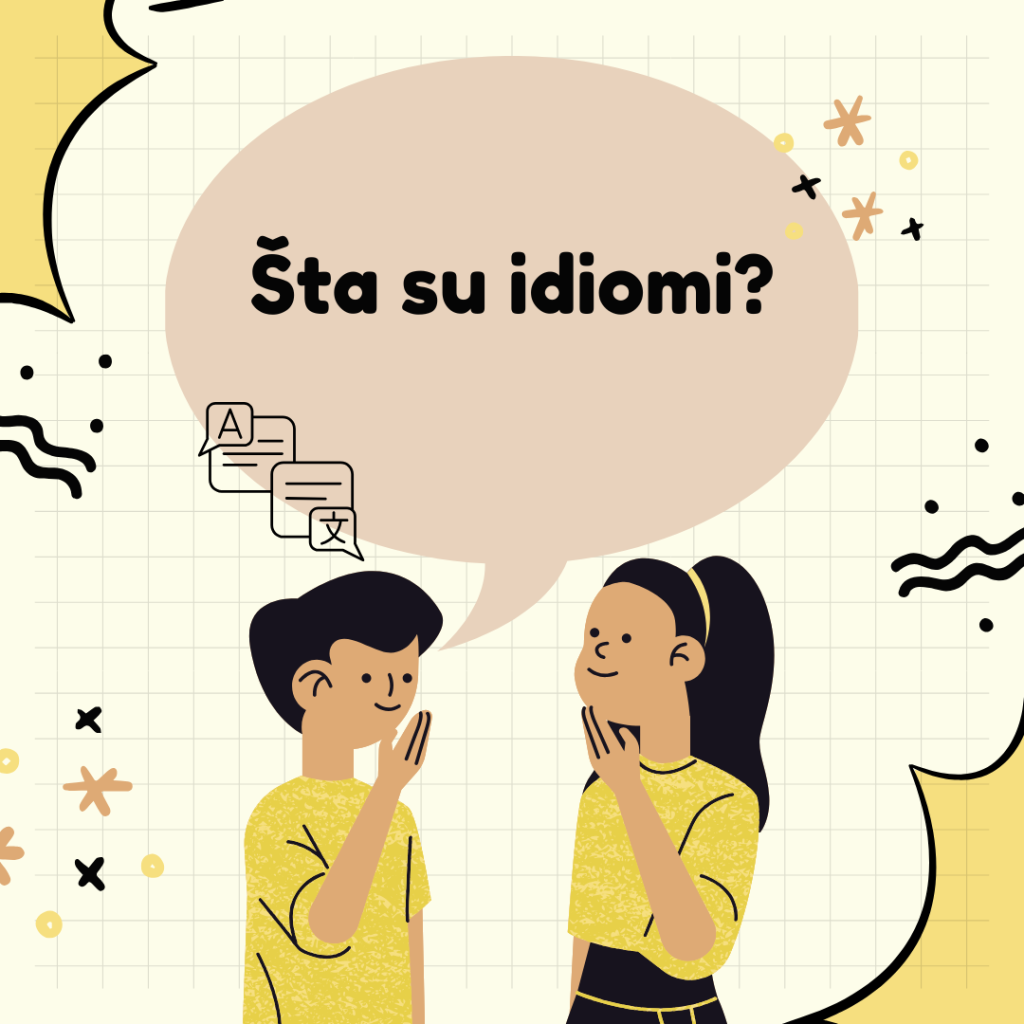
Culture shock is a natural response to exposure to an unfamiliar culture and way of life. Whether you are a student in an exchange program abroad, or an avid traveler that stumbled upon a new culture you are completely unfamiliar with, you are bound to have those moments of bewilderment and shock. There are four familiar stages of culture shock according to scientists:
- Honeymoon stage
- Negotiation stage
- Adjustment stage
- Adaptation stage
In this blog post, we will cover these stages and relate them to some common Serbian cultural shocks that our international friends and students have shared with us.

1. Honeymoon Stage
This is a stage when you first arrive, and everything seems fascinating and euphoric because it is different, new, and refreshing. This stage usually lasts for several weeks, but in some cases it can last for months. This stage is characterized by identifying similarities between your culture and the new culture.
2. Negotiaton/Anxiety Stage
The negotiation stage is all about frustration and anxiety. It appears around the three-month mark. The euphoria and excitement dwindle down, and you are more aware of the uncomfortable situations and disconnection you feel.
This is a stage where you start missing your friends and family, your old life. Don’t be surprised if, during the anxiety stage, you start feeling ill or under the weather.
3. Adjustment Stage
Around six to twelve months, you hit the adjustment stage, where life starts to get better and routine sets in. You become more accustomed and adjusted to a local way of living, food and culture. You have also probably made a few friends, learnt the language and found your way through the city. This stage is not free of problems and obstacles; you just handle them with ease, in contrast to the negotiation stage.
4. Adaptation Stage
Congratulations! You’ve reached the adaptation stage – you feel comfortable in your new country and have adapted to your new way of life. Feelings of isolation and loneliness are a thing of the past. You now have a strong sense of belonging and at home feeling in your new environment.
Serbian Culture Shocks
Now that we understand the four pillars of culture shock, we will include a few Serbian culture shocks that you can expect (or might have already experienced).
'Aj na kafu
If you thought that aj na kafu (let’s get coffee) in Serbia means getting coffee and departing an hour later, you were in for a shock. First, coffee often doesn’t mean coffee at all, but beer, wine, rakija, cocktail… Second, it lasts. Long. If you don’t have three hours to spare, don’t go out for coffee with Serbians – trust.
Serbian Sunday lunch
Sunday in Serbia is sacred. It does have a lot to do with religion, but it has also become an integral part of the culture itself. On Sundays, the family eats lunch together without exception.
Lunch usually starts early, around 11:30-12 pm, and it lasts a long time. After lunch, you can’t go anywhere; you ought to rest, take a nap, or spend time with your family. On Sundays, you reflect and make mental preparations for the week ahead.
Serbian bureaucracy
A synonym for Serbian bureaucracy is polako (slowly/slow). If you are a foreigner in Serbia and need a visa, a passport, an ID, or any government document checked, verified, or issued, you know exactly what we’re talking about here. It takes forever. Make sure you have a lot of patience and understanding, because showing weakness (frustration or anger) will only make the process last longer.
Key Takeaways
- Four stages of culture shock are: honeymoon, negotiation, adjustment, and adaptation.
- Serbian culture shocks are many. Some include: going for coffee that is not coffee, Sunday lunch traditions, and bureaucracy that will test your patience and nerves.
From Shock to Adaptation - How?
Do you want to get through these stages faster and feel at home? We got you! There are a lot of materials we offer on our website.
If you are interested in relying on learning Serbian to improve your level and adapt more quickly, check out our group and individual lessons. Numerous blog posts about the Serbian language and culture can also aid in your journey.
Contact us today – we are happy to help!


